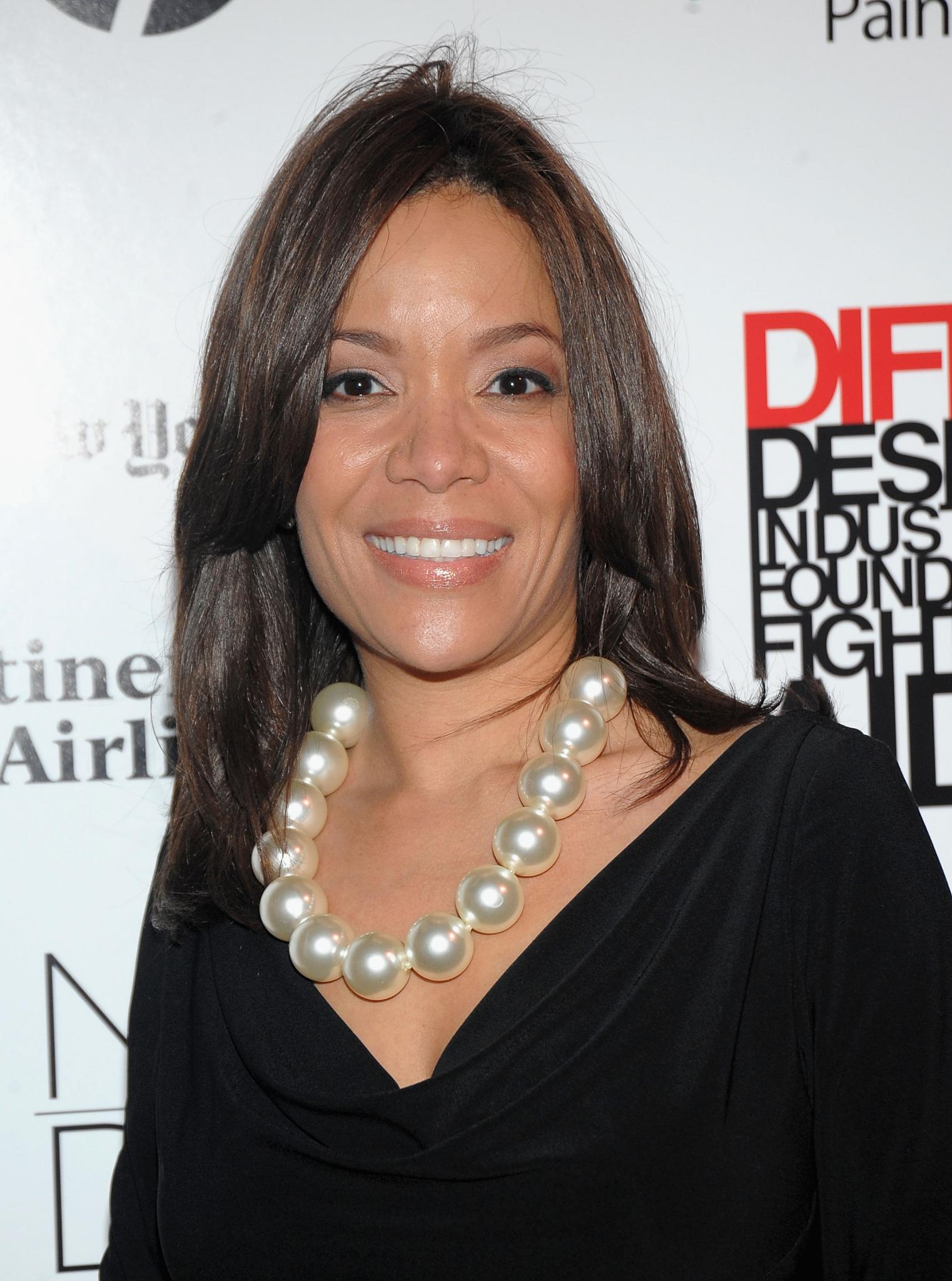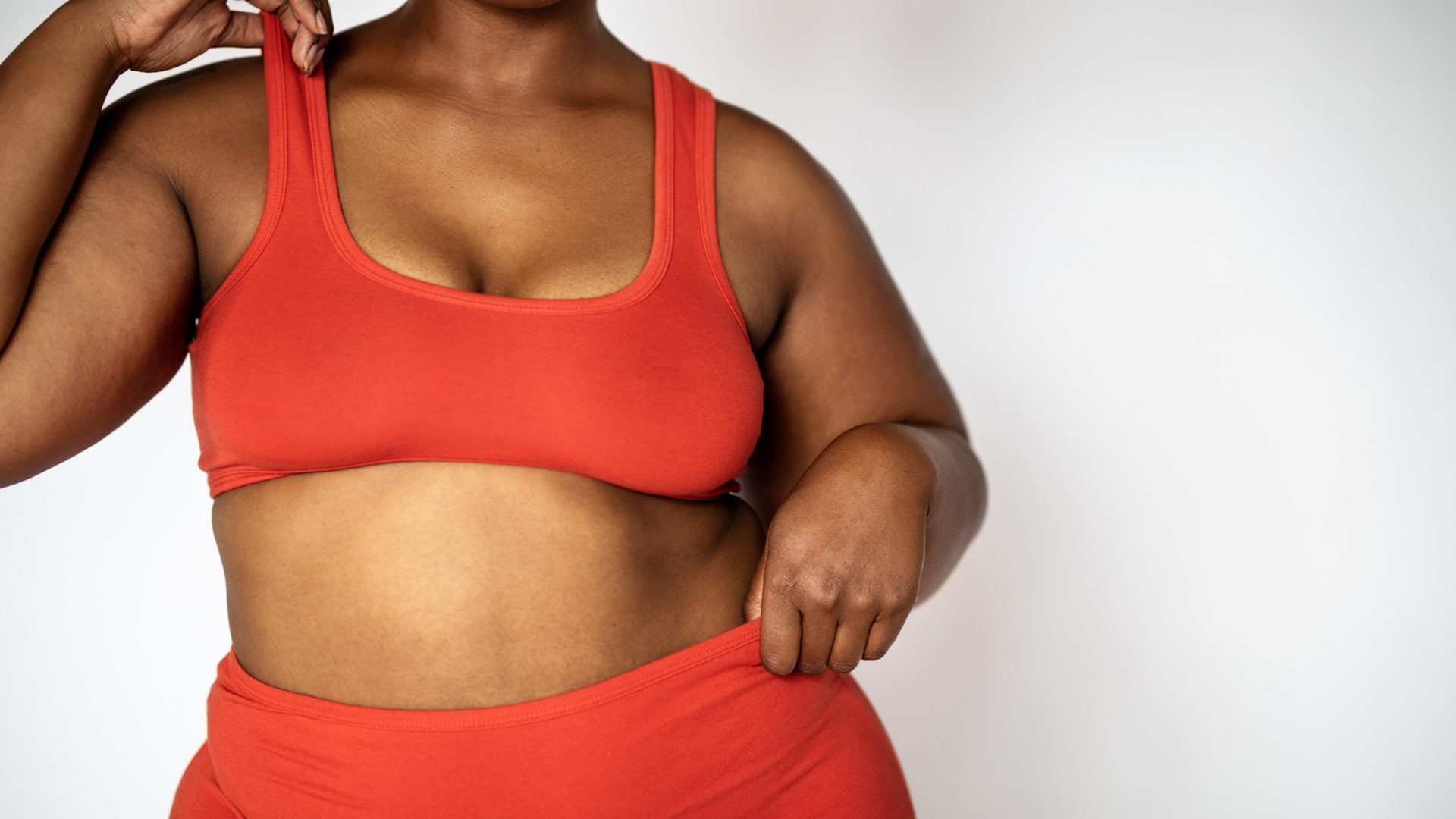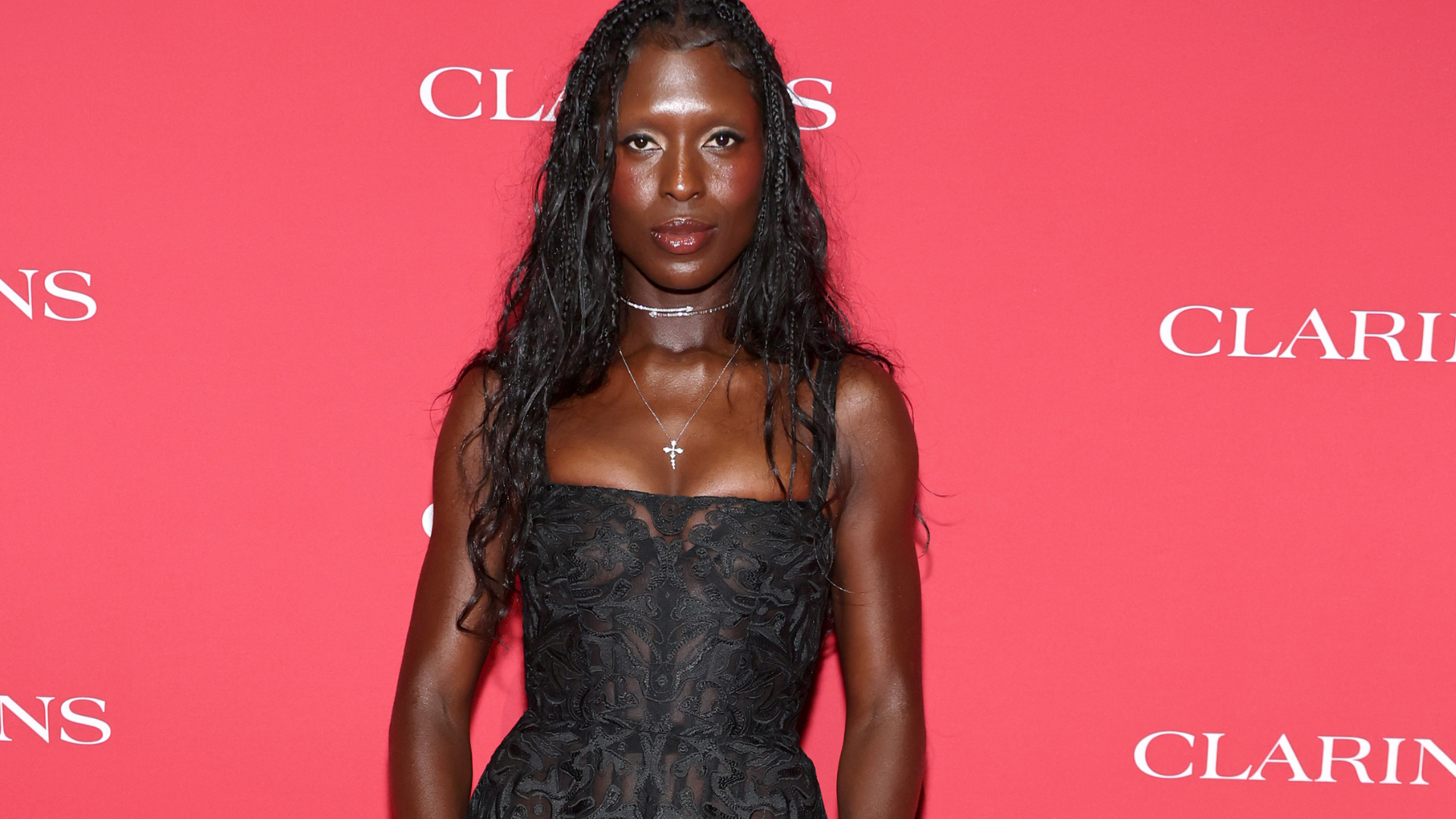
I have covered the big legal stories from the courtroom and on the ground—I was in Sanford, Florida, for the Zimmerman trial; in Jacksonville, Florida, for the Michael Dunn case; and, most recently, in Ferguson, Missouri, for the grand jury decision in the death of Michael Brown. I’ve met and interviewed many of the mothers of the boys who lost their lives—Sybrina, Lucia, Lesley and Gwen. And I can honestly say I believe we have reached a pivotal moment in our history. As a mother of a brown boy myself, I’ve been so disheartened to hear the stories of these grieving women and I fear that I will be meeting more and more of them. I pray that I will not become a member of the group. But the protests around the country have encouraged me—the protestors are diverse and, most important, young. They don’t seem to have a discernible leader and because of social media they don’t need it. They are organizing and galvanizing on Twitter, Instagram and Facebook. It is like nothing we have ever seen: the hashtag #EricGarner (tweeted 274,000 in seven days); #ICantBreathe (484,000 in seven days); #WeCantBreathe (18,000 in seven days).
This generation is extremely socially conscious, and the movement toward equality in justice isn’t going anywhere. Social media will keep it front and center. What is also fascinating is that this has become a global issue—there are tweets from die-ins and hands-up marches in Paris, London, Tokyo, Toronto. The eyes of the world are upon us.
Where Do We Go From Here?: Essay by Melissa Harris-Perry
Even after covering so many of these cases, I was shocked when there was no indictment in the Garner investigation because there was clear video showing unnecessary excessive force. Our eyes weren’t lying to us. As a former prosecutor, I never presented a case in front of the grand jury that didn’t result in an indictment. Bottom line: If a prosecutor wants to indict a case, the case gets indicted. The prosecutors in both Brown and Garner weren’t seeking indictments. Period.
Racial bias does exist, and until we can all admit its existence and become introspective as to whether our own personal biases are impacting how we deal with others, there will be no change. We move forward as a society by having these very uncomfortable conversations we are having now in our country about race and bias. But that is only the first step—changing minds and perception. We must also change the law: body cameras for all officers; training on race and bias; training on escalation of force; and a special prosecutor for each and every officer-related shooting that results in death. I believe that these are the changes we will see as a result of this movement.
This contribution, along with others exploring the new civil rights movement, appears in ESSENCE’s special #BlackLivesMatter issue. This historic collector’s edition is available on stands January 9.
FOR MORE FROM OUR BLACK LIVES MATTER ISSUE:
The Editor’s Letter: The Path Forward
Where Do We Go From Here?: Essay by Angela Davis
Where Do We Go From Here?: Essay by Patrisse Cullors
Where Do We Go From Here?: Essay by Isabel Wilkerson
Where Do We Go From Here?: Essay by Chirlane McCray



